UAV Certification and Benefits of Drones for Mosquito Control
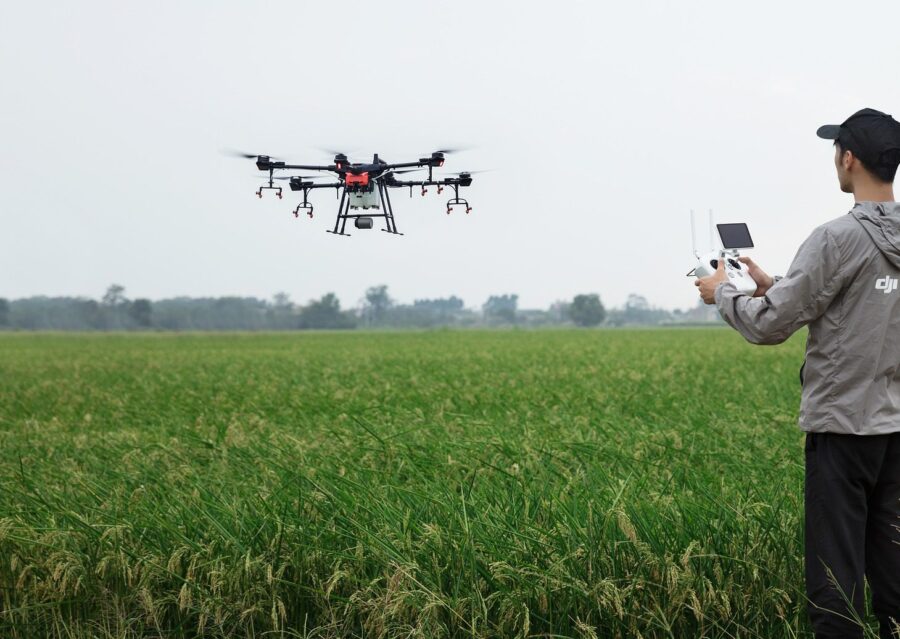

The use of drones as a product deployment and surveillance tool within mosquito control programs has steadily increased over the past years.
Earning an unmanned aerial vehicle (UAV) certification is essential to utilizing and incorporating drones within a mosquito control program. But what is a UAV or drone? What goes into earning a certificate? What should one study before taking an exam?
Senior Field Biologist, Andrew Rivera, walks through unmanned aerial systems’ different types and components, the benefits of using drones as a mosquito control tool, the legal requirements and restrictions for drone usage, and eligibility requirements for obtaining a UAV certification.
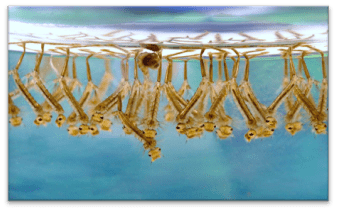
Drones are especially beneficial for mosquito control programs due to their cost-effective and efficient treatment options.
Some of its use cases include within an IPM program – particularly in the areas of surveillance, monitoring and larval and adult mosquito treatments – include:
Obtaining a UAV license can prove helpful in mosquito control, as drones are cheaper, more accessible, and faster to deploy than other aerial applicator machines.
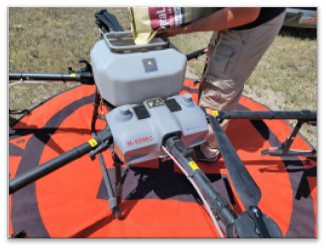
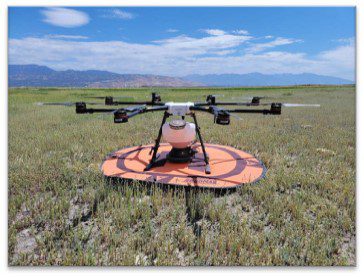
A UAV or drone is an unmanned aerial vehicle that operates without a human pilot or passengers.
UAVs fall into five weight categories:
Additionally, there are four types based on propulsion:
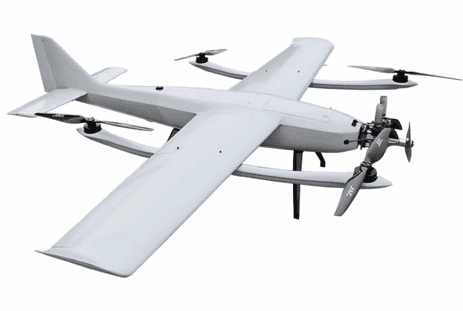
An example of a Fixed-Wing Hybrid VTOL
For example, a single-rotor drone looks like a small helicopter with a single propeller and can take off and land vertically. In contrast, a fixed-wing drone looks like a tiny plane with wings and a vertical stabilizer in the back and can take off and land horizontally. Multirotor drones have similar bodies to single-rotor drones but with multiple propellers. Fixed-wing hybrid VTAL drones have two wings and a vertical stabilizer with two rotors on each wing, allowing for vertical or horizontal takeoff and landing.
As per the FAA website, there are currently 878,000 registered drones, with 345,000 commercially and 529,000 recreationally, and are 320,000 certified remote pilots.
A UAS, or unmanned aircraft system, encompasses the comprehensive structure of UAV usage, including the drone, the remote pilot and the system connecting the two.
There are several components to a UAS, including the air vehicle system, which includes the physical drone, power, and lights necessary for flight; the control system, which directs the drone’s movements; the payload, which consists of any added weight, such as sensors or cameras; and the software, which encompasses the computerized aspects of the drone, including the operating system, mapping, processing, and data analysis.
For instance, when I fly my drone – the UAV -, the complete UAS includes the drone and its functional components, myself as the pilot, my ground control station and operating systems communicating with the UAS.

When it comes to flying a drone, it’s necessary to be aware of the legal requirements and restrictions that apply.
While a comprehensive list of requirements can be found on the FAA website, some examples of such conditions include, but are not limited to:
For those unfamiliar with airspace, towered airports typically operate in the busier Bravo, Charlie, and Delta Airspaces. In contrast, non-towered airports are Echo or Golf, and any airspace outside an airport is typically Echo.

Eligibility requirements differ for first-time and current pilots. Non-pilots must be at least 16 years old, able to read, write and speak English, be physically and mentally fit to fly safely, and pass the knowledge exam. In addition, current pilots must stay up-to-date on their flight reviews, which are required every 24 calendar months, or complete online training.
First-time pilots must also obtain an FTN by creating an IACRA account online and scheduling an appointment with a testing center. After passing the knowledge test and completing the online FAA form, they can obtain a remote pilot certificate. Current pilots don’t need to take the test and can complete the online training course instead. They must also complete the same form for remote pilot certification through IACRA.
Although the process may seem daunting, earning a UAV license is relatively easy, thanks to the expansive resources available to prepare for the exam.
The increase in drone usage within mosquito control is no surprise, given the multitude of benefits they offer to a program. From targeted applications in hard-to-reach areas with little to no footprint to their ability to monitor and survey expanses of land, their cost-effectiveness, flexibility, and surveillance capabilities make them a worthy addition to a program’s toolbox.
However, operators need to obtain their UAV license and follow legal requirements and restrictions on drone usage, including registration, airspace restrictions, and reporting accidents. While this may seem daunting, the multitude of resources online and directly from the FAA are excellent guides for employees to get started.
Have any questions? Reach out to our team below!